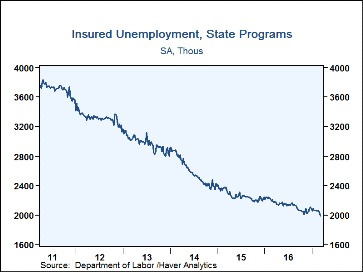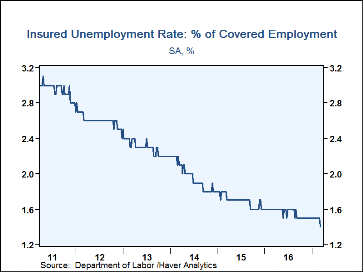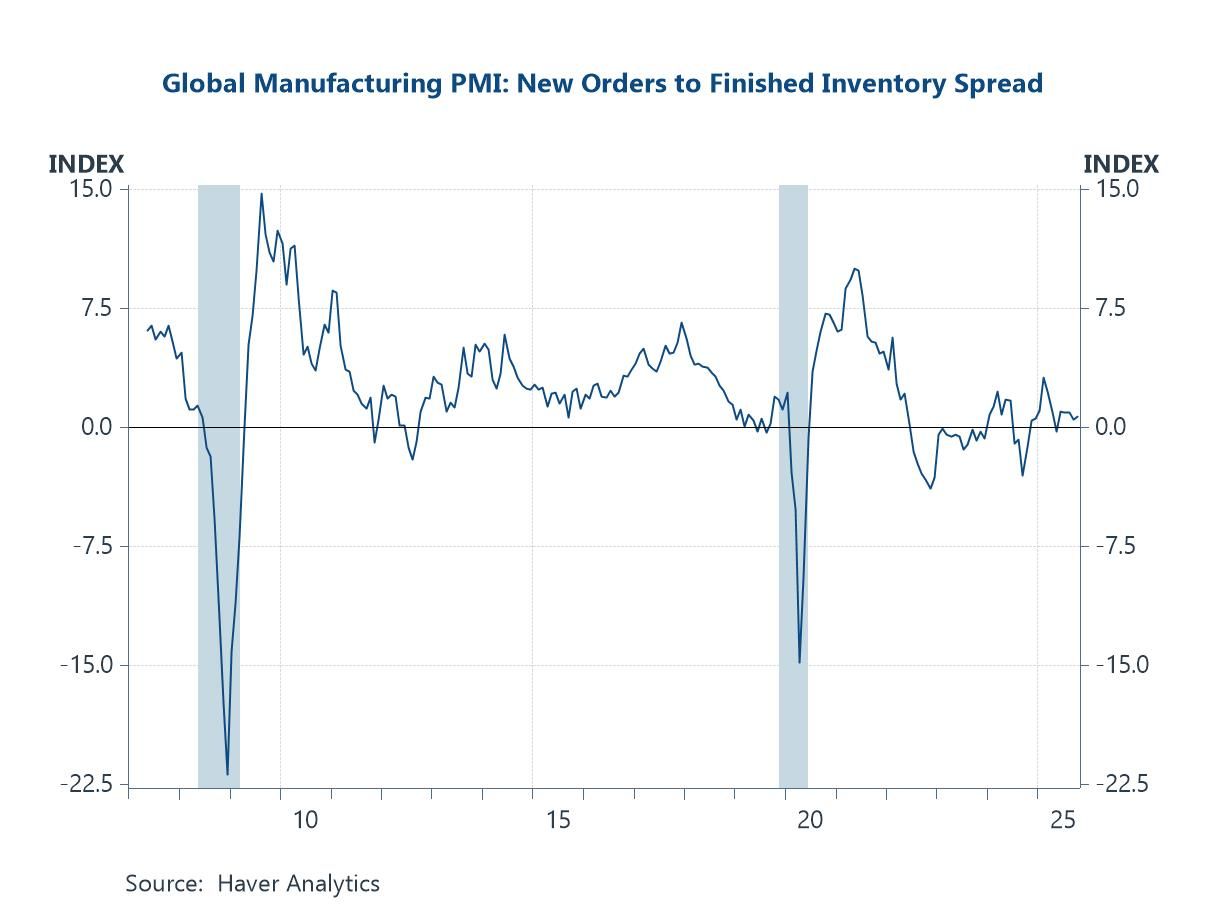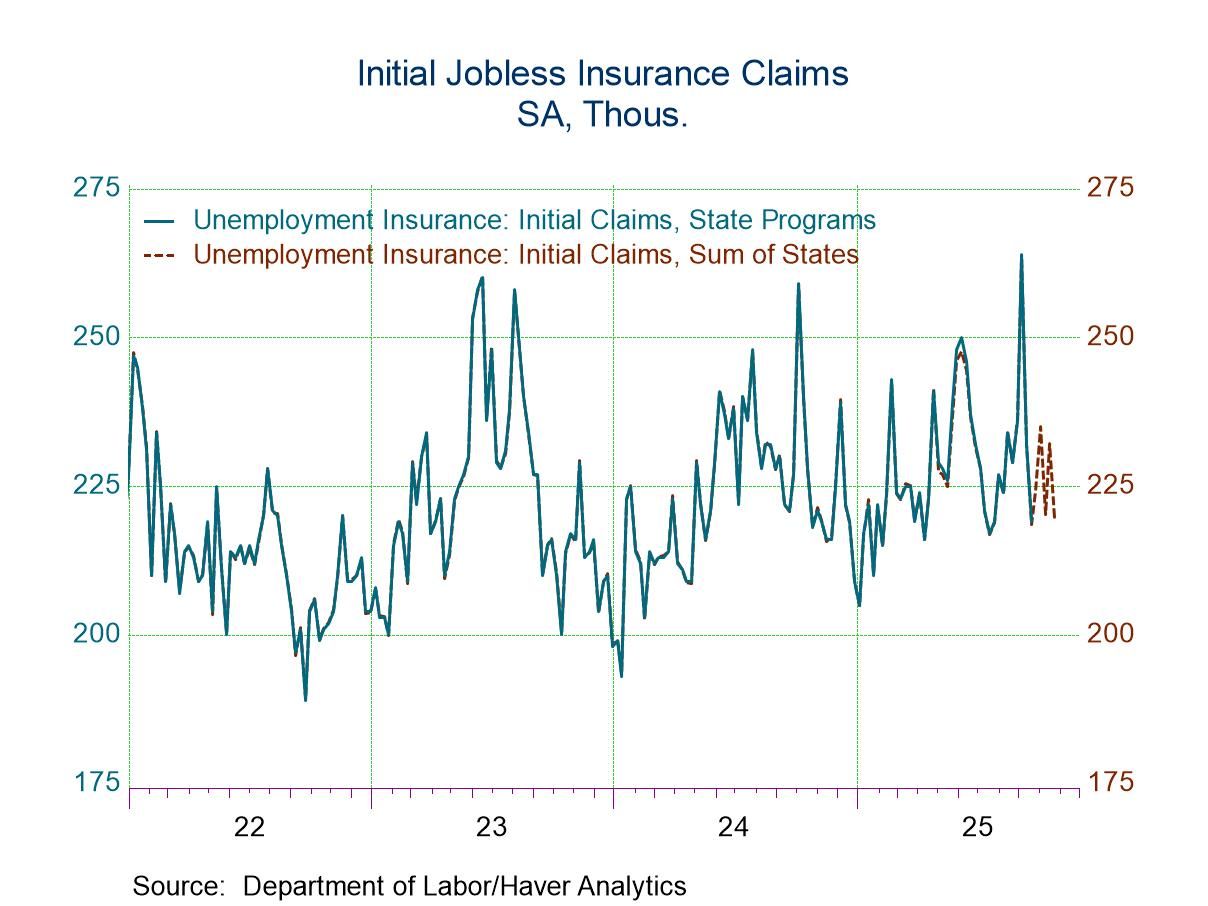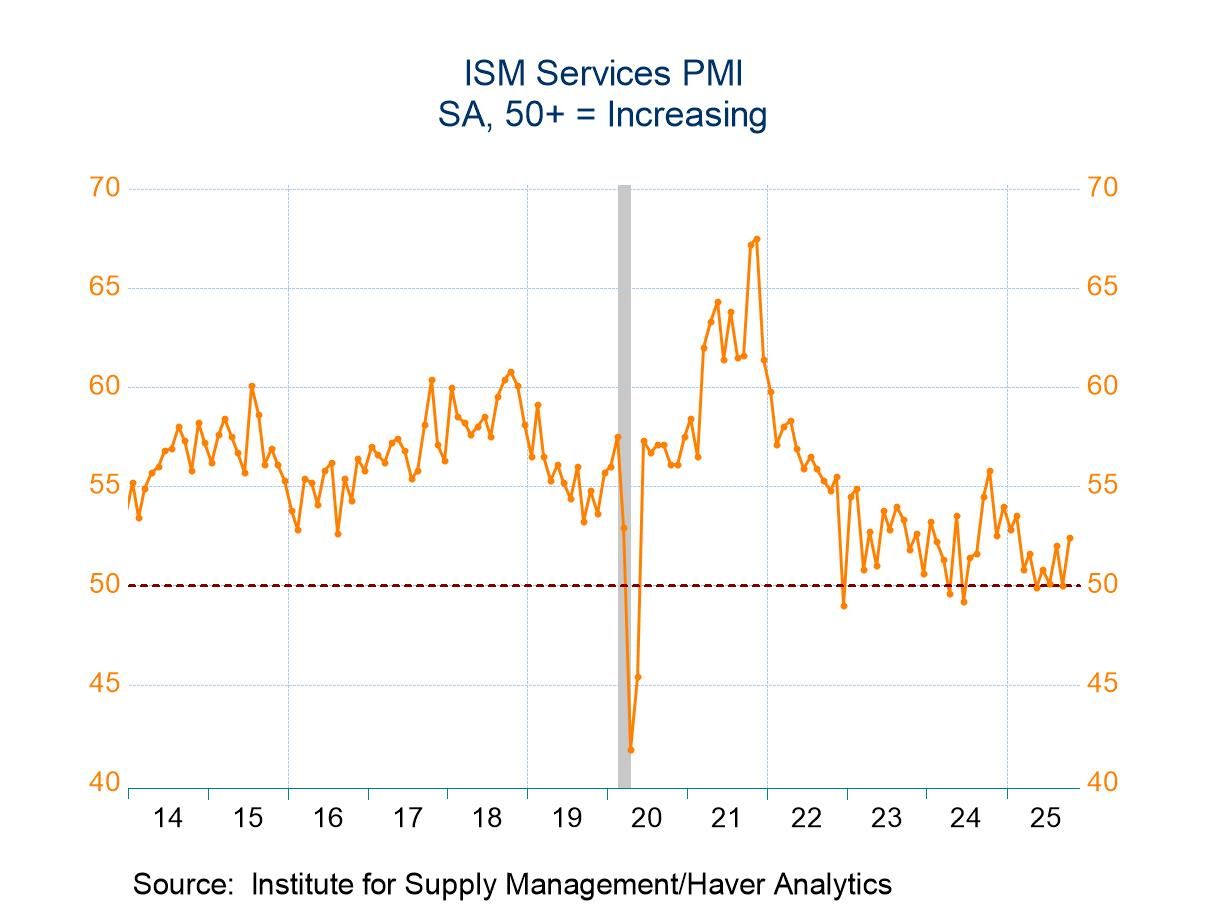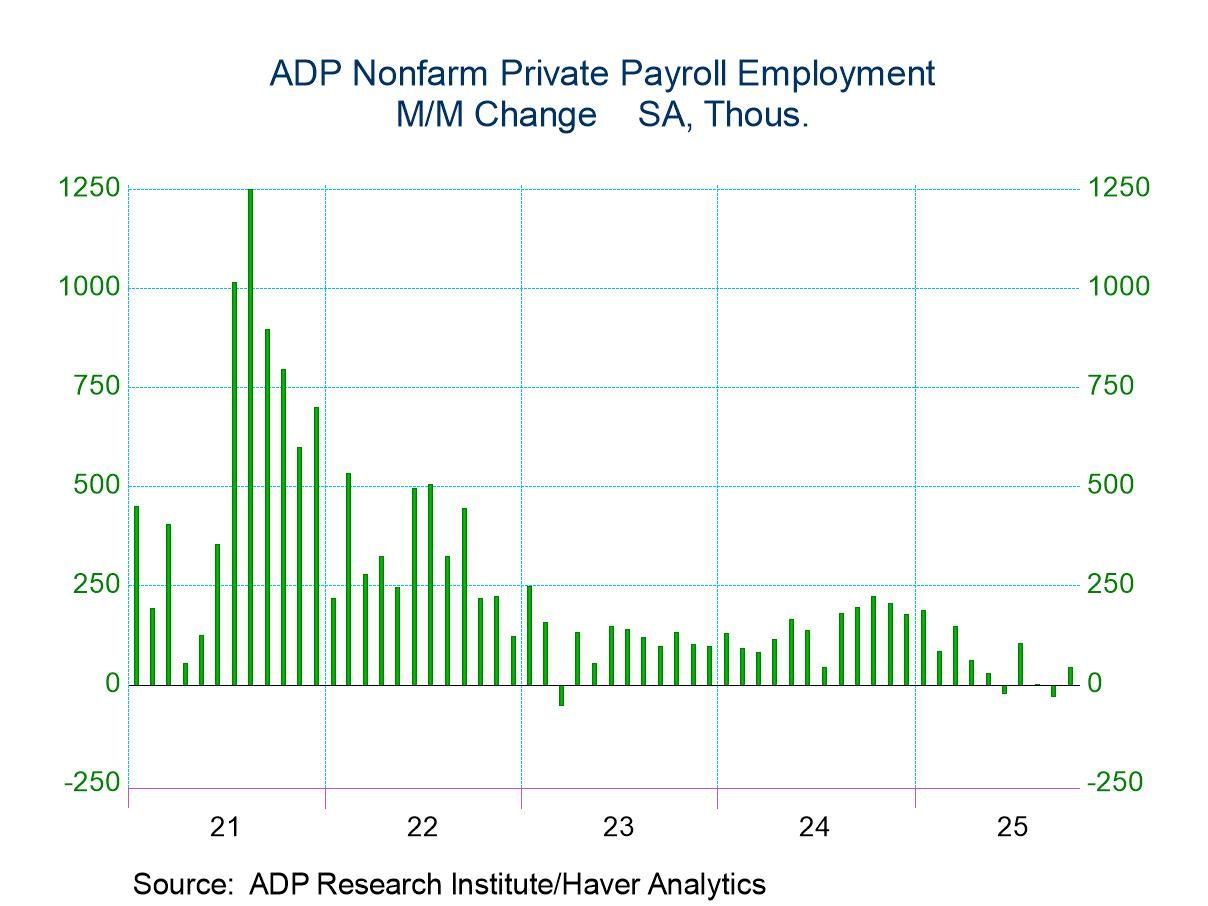 Global| Mar 24 2017
Global| Mar 24 2017Correction to Unemployment Insurance Weekly Claims
by:Tom Moeller
|in:Economy in Brief
Summary
The Department of Labor has issued a correction to yesterday's annual revision to seasonally adjusted weekly unemployment claims. The department has detected an incorrect application of seasonal factors. Seasonally adjusted series in [...]
The Department of Labor has issued a correction to yesterday's annual revision to seasonally adjusted weekly unemployment claims. The department has detected an incorrect application of seasonal factors. Seasonally adjusted series in the WEEKLY database have been revised back to 2012 and the seasonal factors have been revised from 2012 to 2018. The following reflects these revisions.
Initial claims for unemployment insurance increased to 261,000 (-3.7% y/y) during the week ended March 18, revised from yesterday's report of 258,000. Claims in the week of March 11 were revised to 246,000 from yesterday's report of 243,000. The latest level was the highest since mid-December. Expectations had been for 240,000 claims in the Action Economics Forecast Survey. The four-week moving average of 247,000 compared to 243,000 in the prior week.
The latest level of initial claims covers the survey period for March payroll employment. Claims rose 14,000 (5.7%) from the February survey period. During the last ten years, there has been a 74% correlation between the level of initial claims and the m/m change in nonfarm payrolls.
Continuing claims for unemployment insurance in the week ended March 11 declined to 1.990 million (-8.7% y/y), revised from yesterday's 2.000 million. Continuing claims for the week ending March 4 were 2.025 million, revised from yesterday's report of 2.039 million. The four-week moving average of claimants declined to 2.033 million from 2.048 million. Continuing claims have been near the June 2000 low for several months.
The insured rate of unemployment eased to 1.4% from 1.5%.
Insured rates of unemployment across states continue to vary widely. For the week ended March 4, the lowest rates were in Florida (0.51%), North Carolina (0.60%), Georgia (0.73%), South Carolina (0.76%), Nebraska (0.78%) and Virginia (0.80%). The highest rates were found in California (2.67%), Montana (2.75%), Rhode Island (2.80%), Connecticut (2.91%), New Jersey (3.01%) and Alaska (4.11%). The state data are not seasonally adjusted.
Data on weekly unemployment insurance are contained in Haver's WEEKLY database and they are summarized monthly in USECON. Data for individual states are in REGIONW. The expectations figure is from the Action Economics Forecast Survey, carried in the AS1REPNA database.
| Unemployment Insurance (SA, 000s) | 03/18/17 | 03/11/17 | 03/04/17 | Y/Y % | 2016 | 2015 | 2014 |
|---|---|---|---|---|---|---|---|
| Initial Claims | 261 | 246 | 252 | -3.7 | 263 | 278 | 308 |
| Continuing Claims | -- | 1,990 | 2,025 | -8.7 | 2,136 | 2,267 | 2,599 |
| Insured Unemployment Rate (%) | -- | 1.4 | 1.5 |
1.6 |
1.6 | 1.7 | 2.0 |
Tom Moeller
AuthorMore in Author Profile »Prior to joining Haver Analytics in 2000, Mr. Moeller worked as the Economist at Chancellor Capital Management from 1985 to 1999. There, he developed comprehensive economic forecasts and interpreted economic data for equity and fixed income portfolio managers. Also at Chancellor, Mr. Moeller worked as an equity analyst and was responsible for researching and rating companies in the economically sensitive automobile and housing industries for investment in Chancellor’s equity portfolio. Prior to joining Chancellor, Mr. Moeller was an Economist at Citibank from 1979 to 1984. He also analyzed pricing behavior in the metals industry for the Council on Wage and Price Stability in Washington, D.C. In 1999, Mr. Moeller received the award for most accurate forecast from the Forecasters' Club of New York. From 1990 to 1992 he was President of the New York Association for Business Economists. Mr. Moeller earned an M.B.A. in Finance from Fordham University, where he graduated in 1987. He holds a Bachelor of Arts in Economics from George Washington University.



